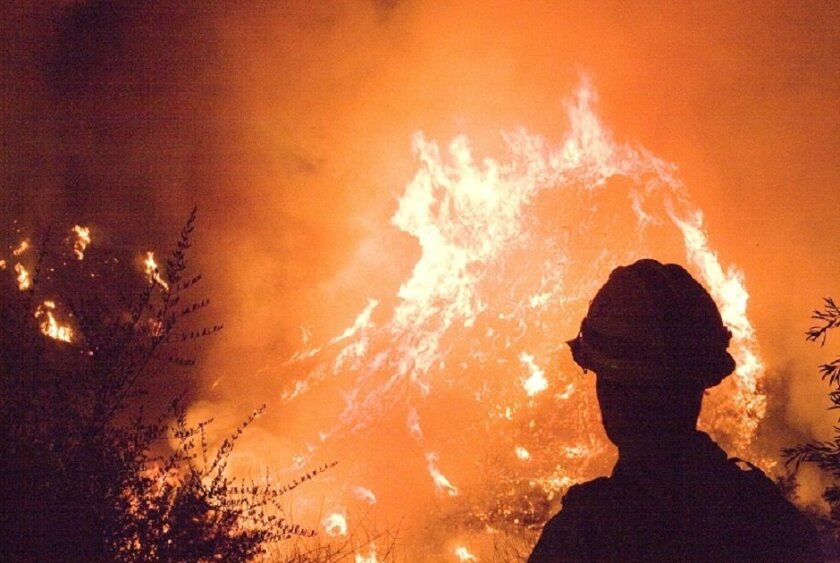
That was the case recently when Ari Delay, La Honda, Calif., fire chief, began battling a 2,000-square-foot blaze in Alturas at the northeastern end of California.
But it was made easier with a mesh network that he immediately deployed that connected each of the five engines from areas around the state that met to combat the blaze. The network was able to allow Delay, as strike team leader, to communicate with the other teams about sections of lines that had to be cut in a remote part of the state with poorly marked forest service roads.
“We didn’t have a lot of incident maps, and that is typically our problem until we get three to seven days into the incident,” Delay said. “The crews were working on a section of line and there was confusion about where the lines were placed. I marked [on a map] some of these forest service roads and pushed it out to their devices on the network.”
The network consists of goTenna Pro units, or “fire sticks,” that connect via radio waves and operate independently of wireless Internet and traditional cell service. Users connect to the system via their phones and the goTenna Pro app. It pairs with an iOS or Android device through Bluetooth, creating a mesh network that allows for one-to-one or one-to-many messaging and the ability to create a private network.
“We created a low-power, low-cost, long-range mobile mesh network that leverages the phones users have and unlocks the way to communicate with those phones regardless of what’s happening with traditional networks,” said goTenna Pro CEO Daniela Perdomo. “So, if there’s no phone, satellite or Wi-Fi connectivity, the antenna network will still function.”
One of the main responsibilities Delay has as a strike leader is to keep track of his crews. “For me as an incident commander to say I don’t know where an employee is, is not a good answer,” he said. “When we get into some of those large fire situations, we could have 5,000 to 10,000 people working on an incident and you’re required to know where your employees are.”
Delay first experimented with the network with an investment of his own money. He has six of the units and deploys them up and down the state as he’s dispatched to wildfires. “It allows you to communicate when radio traffic gets busy,” he said. “It allows us to create a backhaul channel for nonessential transmissions and also for those points and polygons on a map that we communicate back and forth.”
It’s especially useful during the early stages of the fight when crews are establishing communications and building situational awareness as they go. “Before this, honestly, in a disconnected environment in the early stages of a fire, we were left to our own devices,” Delay said.
The range between units can vary depending on the terrain. Delay said typically in the VHS environment he’s most familiar with, five miles between devices is usually standard. The network has been used during wildfires in Colorado and during recovery at Mexico Beach, Fla., following Hurricane Michael. A deployment in Puerto Rico is scheduled, where the units will be deployed on mountaintops and other higher locations to cover the island.
A new Pro X offers a whole network platform with 20 devices for around $25,000.
This article was originally published by Emergency Management, Techwire's sister publication.







